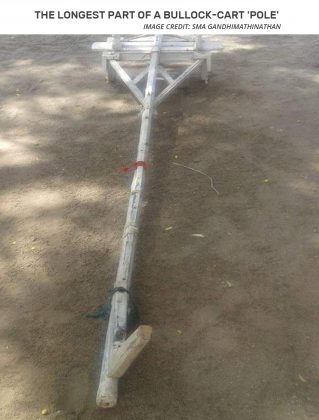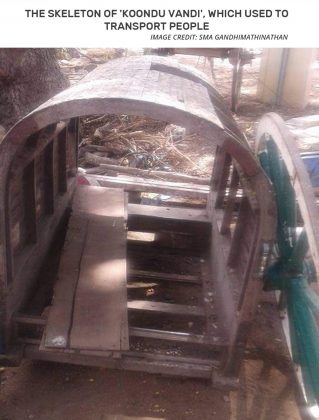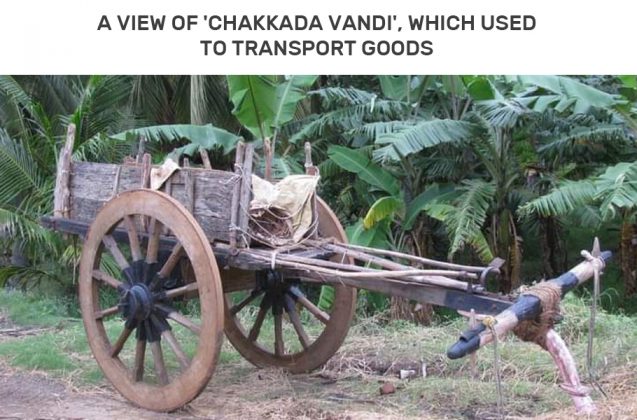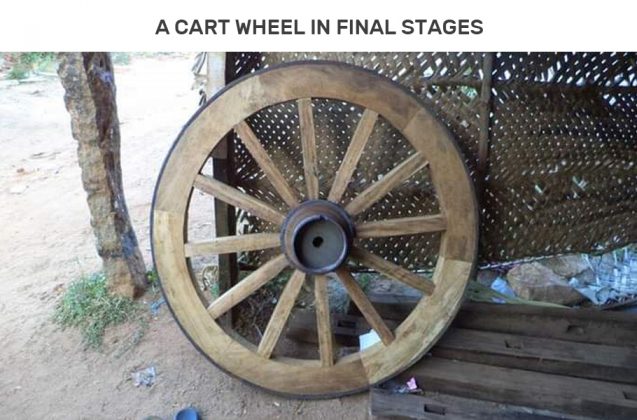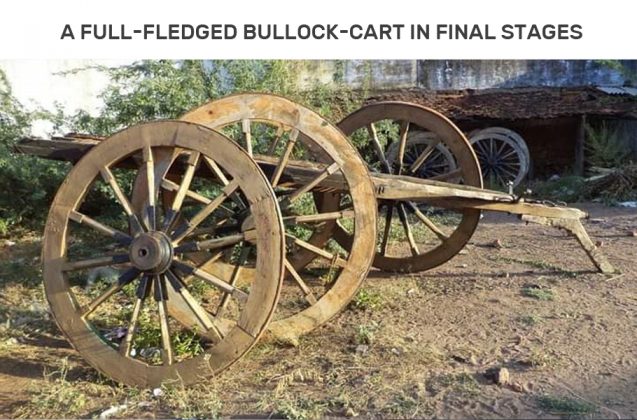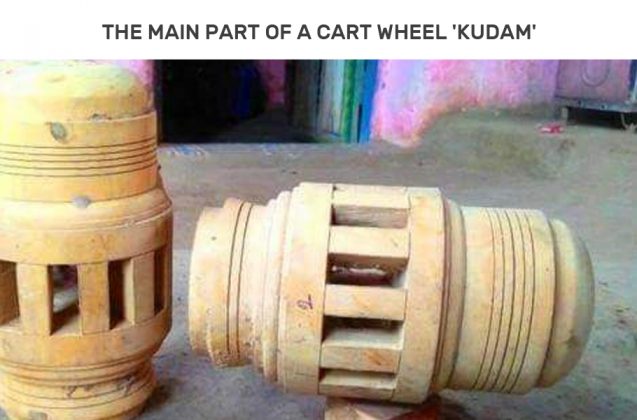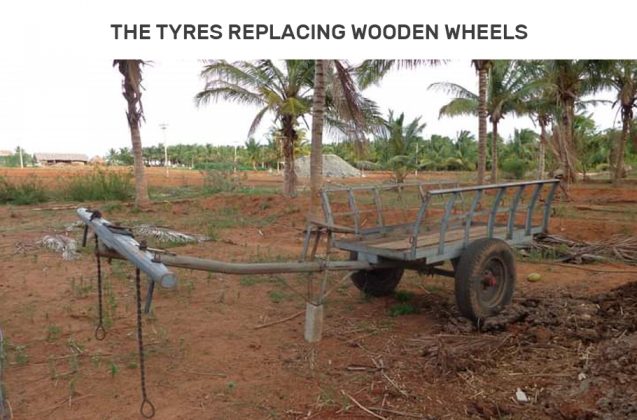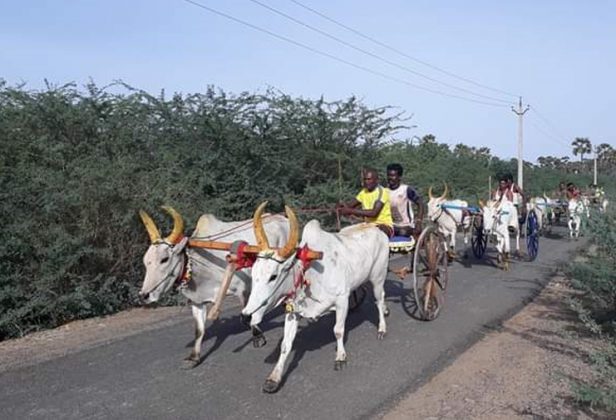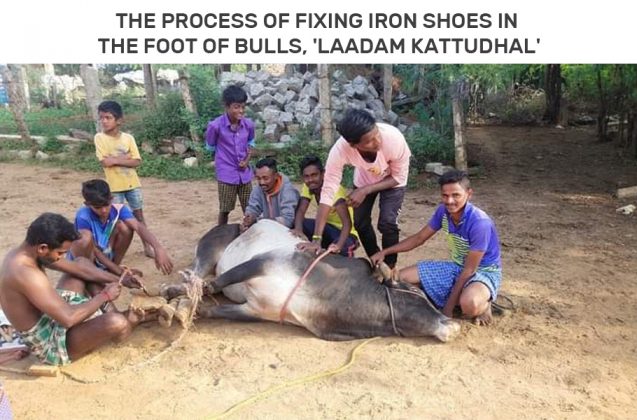
- Home
- India
- World
- Premium
- THE FEDERAL SPECIAL
- Analysis
- States
- Perspective
- Videos
- Sports
- Education
- Entertainment
- Elections
- Features
- Health
- Business
- Series
- In memoriam: Sheikh Mujibur Rahman
- Bishnoi's Men
- NEET TANGLE
- Economy Series
- Earth Day
- Kashmir’s Frozen Turbulence
- India@75
- The legend of Ramjanmabhoomi
- Liberalisation@30
- How to tame a dragon
- Celebrating biodiversity
- Farm Matters
- 50 days of solitude
- Bringing Migrants Home
- Budget 2020
- Jharkhand Votes
- The Federal Investigates
- The Federal Impact
- Vanishing Sand
- Gandhi @ 150
- Andhra Today
- Field report
- Operation Gulmarg
- Pandemic @1 Mn in India
- The Federal Year-End
- The Zero Year
- Science
- Brand studio
- Newsletter
- Elections 2024
- Events
- Home
- IndiaIndia
- World
- Analysis
- StatesStates
- PerspectivePerspective
- VideosVideos
- Sports
- Education
- Entertainment
- ElectionsElections
- Features
- Health
- BusinessBusiness
- Premium
- Loading...
Premium - Events
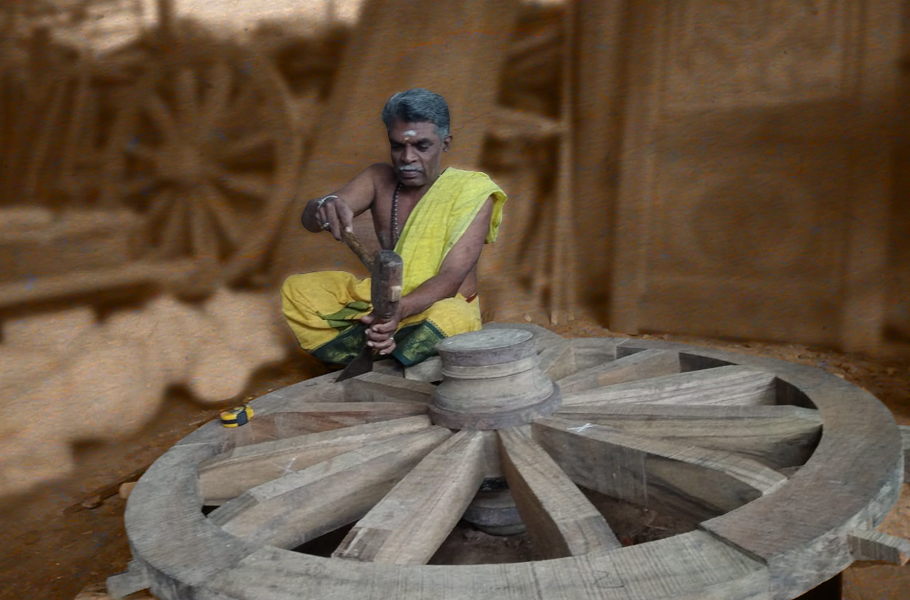
This Pongal, where have the humble bullock cart and Rekla races reached?

Mappillai vandhan mappillai vandhan maattu vandiyile Ponnu vandhal ponnu vandhal potti vandiyile Pullaiya petha amma vandhal mottai vandiyile Ponna petha appa vandhar ottai vandiyile This song from the Tamil film, Kaveriyin Kanavan (1959), penned by lyricist Thanjai N Ramaiah Dass, is an eulogy to a wedding procession wherein the humble-looking bullock cart is actually the prized possession to...
Mappillai vandhan mappillai vandhan maattu vandiyile
Ponnu vandhal ponnu vandhal potti vandiyile
Pullaiya petha amma vandhal mottai vandiyile
Ponna petha appa vandhar ottai vandiyile
This song from the Tamil film, Kaveriyin Kanavan (1959), penned by lyricist Thanjai N Ramaiah Dass, is an eulogy to a wedding procession wherein the humble-looking bullock cart is actually the prized possession to be flaunted.
It goes like this: “The groom arrives in a bullock cart, the bride in a train whereas the groom’s mother comes in a vehicle sans any decoration. The father of the bride comes in a rundown contraption.
The song in its entirety reminisces the rhythm and romance of the bullock cart and those good old days when humble possessions were considered the real riches of the world.
The above verses also speak about the Tamil society’s economic and cultural conditions back then. In those days, only the rich could own or afford a bullock cart. And usually, the groom would be from an affluent family and the bride from a poor one. The mother of the groom, although affluent, would deny herself all the grandiose as the social norms then prevented widows from enjoying the comforts of life. The father of the bride would have a broken down vehicle, as he would have spent all his money on the wedding.
Unlike now, when almost every person has a private vehicle or uses the bus or train run on motors, till a few decades back, the bullock cart was the only mode of transport for the rural poor. The rich would use the bullock cart to transport goods while they themselves travelled on horse-drawn vehicles.
For farmers, tractors have replaced bulls for ploughing fields and transporting produce to markets.
As lakhs of farmers protest against the Centre’s new farm bills along Delhi’s borders, many others are celebrating the harvest festivals of Lohri, Pongal, Makar Sankranti and Bihu across the country.
While one gets to see hundreds of tractors at the protest site in Delhi, the once-ubiquitous bullock cart has been missing in action.
Many would say that the bullock cart has become an artefact that fits the hallowed corridors of museums. But some others would still argue that there is still hope left for it in a few villages of Tamil Nadu, where these carts are still used and the craft of bullock cart making is sustained with the help of a few carpenters with the know-how.
Mode for millenniums
The earliest bullock carts were said to be wheeling around in Mesopotamia around 3500 BC. Since then, for almost five millennia, they have been the primary mode of transport for humans. And that came about after the revolutionary invention of the wheel.
“Initially, man found that woods which were cylindrical can roll. He cut the woods in a circular shape and fixed it to a plank and started pulling,” says Dr T Jancy Paulraj, author of the book Maadum Vandiyum, on bullock carts.
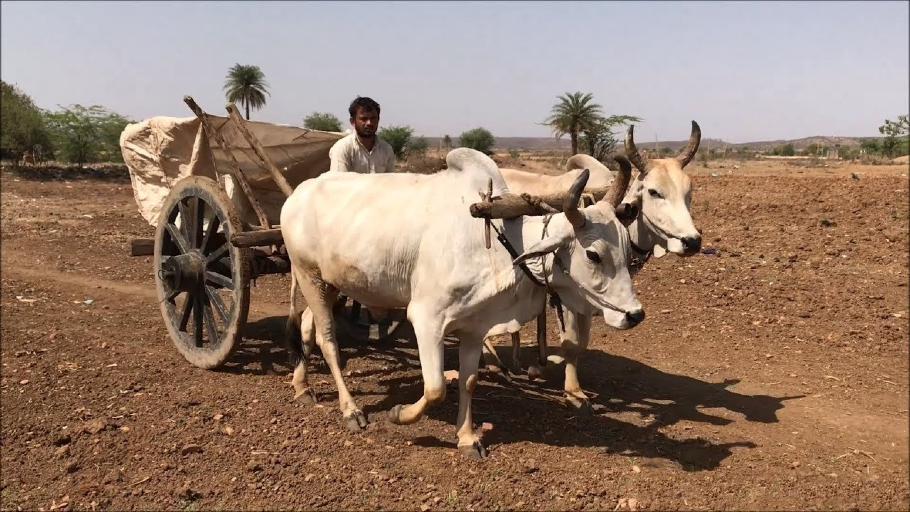
“He realised that moving heavier objects can become easy using wheels. Later, he discovered that if the weight of the wheel was reduced, the pulling becomes easier. So he cut out wooden rims. He further came to know that if the rims of the wheel were supported with spokes, the rolling becomes much more efficient,” she says.
That model of the wheel with spokes is still used in bullock carts. That could be the reason why a few years ago, one of the UNESCO reports said that bullock carts made in Tamil Nadu is an ancient invention which has not seen any major changes through the ages, says writer Thanjavur Kavirayar in one of his columns.
Paulraj, whose research is the first of its kind in Tamil focusing on the material culture of bullock carts, says there are three types of bullock carts—Chakkada Vandi, Koondu Vandi and Rekla Vandi.
“The Chakkada Vandi was used to transport goods while Koondu Vandi was for transporting people. Rekla Vandi was used for cart races. Of the three, Chakkada and Rekla are still in use. While Chakkada Vandis are used in some places throughout the year, Rekla carts are used only at a particular time, such as Pongal,” she says.
Based in Tirunelveli district, Paulraj started exploring the historical use of bullock carts during her doctoral thesis on the Christian missionaries of Dohnavur in the same district.
“Amy Carmichael, a missionary, had founded an orphanage in Dohnavur. During her time, she saved many women from the Devadasi tradition and provided an alternative livelihood. In those days, the orphanage had 30 bullock carts, for ferrying patients to hospital, children to schools, and sisters to villages to serve the people. But now, all the carts have slowly disappeared over the years and only a skeleton of a cart used by Carmichael remains in the orphanage,” says Paulraj, who is inspired by her guide A Sivasubramanian, a noted historian in Tamil Nadu.
According to Sivasubramanian, these bullock carts acted as a precursor to ‘ther’ (temple cars or chariots).
“There is a sculpture at the entrance of Kottaiyur Sivan temple in Tiruvarur district. It depicts the story of Manuneedhi Chozhan (a Chola king who killed his son by running a chariot over him, as a kind of justice to a cow whose calf was killed by the prince). The chariot seen in the sculpture looks different from the present chariot at Tiruvarur (which belongs to Thiyagarajar temple) and resembles a bullock cart. Through this, we can say that chariots used by kings evolved from a bullock cart,” he says in the preface of Maadum Vandiyum.
Art and science of bullock carts
“The main part of the bullock cart is its wheels. In the wheels, there is a part called ‘Kudam’ or a hub where the spokes and the axle are fixed. ‘Vaimaram’ (East Indian Satinwood) trees are normally used to make this part,” says Kumaresan, a carpenter based in Kalakkad, Tirunelveli, who has been involved in making bullock carts.
After making the hub, it is left to dry for 3-4 months because only then the wood would lose its moisture.
“Since no material like nails and adhesive are used to fix the spokes, we rely only on the holes made in the hub. If the wood is not dried fully, there is a chance that the spokes will slip and accidents may occur. If a ‘Kudam’ is made properly, it can be considered that half the work (of making a bullock cart) is done,” he says.

The average height of the wheels would be 4.5-5.25 feet, says Vell Uvan, a cultural researcher.
All along the Coromandel coast, between Kanyakumari and Odisha, the height of the Chakkada Vandi or draught cart has been standardised. Since the height from the ground to the cow’s neck is also the same, the yoke would not create any damage.
“At least 8-10 different types of trees are used to build a cart,” says Uvan.
And it takes nearly 10 months to make a full cart, says Paulraj, adding that today, a bullock cart would be sold for ₹1 lakh.
“One carpenter alone cannot make a complete cart. In the heydays, the bullock cart was made by separate carpenters who specialised in making particular parts,” she says.
All the bulls used to pull carts are castrated as it was believed that would make them sturdier.
How Rekla sustains carpenters
Like Jallikkattu, during Pongal, the cart race Rekla is also held. The bulls which were run on vast lands of mud, are now running on tar roads and in confined spaces.
“There are two types of Rekla carts, single- and double-bull carts. It can be further categorised into small and big carts. If the cart is small, the running efficiency of the bulls is much higher,” says Tirunelveli-based Selvam, who has been participating in the races for the past four decades.
The races are of two different types—one, the carts should touch the finishing line at a particular distance and return, or reach a target line in as little time as possible. There would be two persons on the carts—one the owner and the other his helper. While the owner drives the cart, the helper would run alongside the bulls or sit behind the driver and cajole the bulls to run faster.
“The way Kangeyam bulls are preferred in Jallikkattu, in Rekla, a breed called ‘Ottan Kalai’ is the most-preferred one. This breed is also known as ‘Merkathi’ (western) or ‘Osur’ in local parlance. But these are largely ‘Hallikar’ bulls, a native breed from Karnataka, which is classified as draught cattle,” says Selvam.
If the racers use double-bull carts, then they should choose the calves and the pair should be trained at the same time so that the bulls are compatible. Experienced adult bulls are to be given training three months before the competition.
Observers say there were many experts who knew how to choose bulls for races after a few tests. It is said that fast bulls react to slight taps on its butt. A ‘suzhi’ or a birthmark, broad chest and sharp horns are other known characteristics of a fast bull.
“It is hard to find such people with knowledge of bulls today,” says Paulraj.
She notes that bull owners practise different ways of treating injured or ill animals, such as providing traditional, country medicines or branding with iron.
“Since modern modes of transport have reduced the dependency on bullock carts, the number of native bulls are also dwindling. Due to that, the number of places where Rekla races are conducted too have decreased every year,” Paulraj says.
Earlier, she adds, there were special places called ‘Vandi Pettai’, where the carts could be parked and both men and bulls relaxed for some time during a long journey, just like how there are pit stops with dhabas or eateries for trucks and buses today.
There used to be something called ‘Vandi Thadam’, a pathway formed by the continuous passing of bullock carts, with soil seen on two sides at the distance of the two wheels and grass in between. Now, it’s all tar roads.
The wooden wheels of the carts have now been replaced by rubber tyres which hurt the bulls’ physique, say experts.
“But such small changes and Rekla competitions help sustain carpentry works like ‘Laadam Kattudhal’, which involves fixing an iron shoe on the foot of draught bulls so that the foot is not damaged easily. Whenever they are used for ploughing, the owners remove the shoes,” says Paulraj.
One would find very few specialised carpenters here and there to repair the carts, as the bullock carts continue to survive.
The government and NGOs promoting sustainable lifestyle can initiate a revival of the dying craft of bullock cart-making before it becomes a museum piece.
“As in Bharatpur bird sanctuary, where cycle rickshaws are used to carry the birders and tourists, bullock carts can also be used in tourist places giving ample time to tourists. The experience would be better since it also feeds the men and animals centred around these carts,” Paulraj says.

